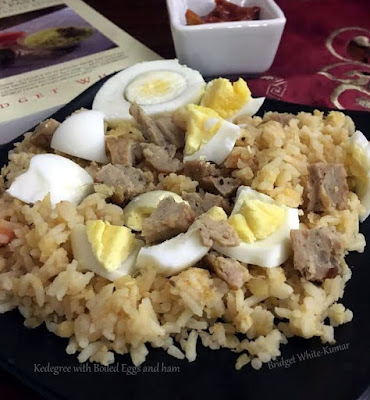MEAT PEPPER FRYMeat pepper Fry is a favourite and popular meat dish that is prepared very often in Anglo-Indian Homes. It could be prepared with either beef, mutton, lamb or pork. It is often an accompaniment with Pepper Water and Rice or Dol Curry (Dhal) and Rice. Goes well with Bread or dinner rolls or a Chapattis as well. It is also the perfect dish when recovering from the flu. This recipe is featured in my cookery book 'Anglo-Indian Cuisine - A legacy of Flavours from the Past'
Ingredients
½ kg Meat either Beef, Mutton or lamb (I used Mutton)
3 teaspoons fresh ground pepper
1/2 teaspoon turmeric powder
1 teaspoon chopped ginger
2 big onions sliced finely
3 tablespoons oil
3 large potatoes, peeled and cut into quarters
Salt to taste
3 teaspoons fresh ground pepper
1/2 teaspoon turmeric powder
1 teaspoon chopped ginger
2 big onions sliced finely
3 tablespoons oil
3 large potatoes, peeled and cut into quarters
Salt to taste
Heat the Oil in a pan and sauté the onions and chopped ginger for a few minutes till the onions turn light brown.
Add the meat, salt, turmeric and pepper powder and mix well.
Fry for 5 minutes on low heat turning the meat well till the pieces get firm.
Add sufficient water and the potatoes and cook on medium heat till done.
Continue simmering on low heat till all the water is absorbed and the meat and potatoes are brown.
Serve hot with bread or rice.
Add the meat, salt, turmeric and pepper powder and mix well.
Fry for 5 minutes on low heat turning the meat well till the pieces get firm.
Add sufficient water and the potatoes and cook on medium heat till done.
Continue simmering on low heat till all the water is absorbed and the meat and potatoes are brown.
Serve hot with bread or rice.
Alternatively, the same dish could be prepared in a pressure cooker. Turn off the heat after 15 minutes and let the pressure die down before opening the pressure cooker. Dry up any excess gravy before serving.






















